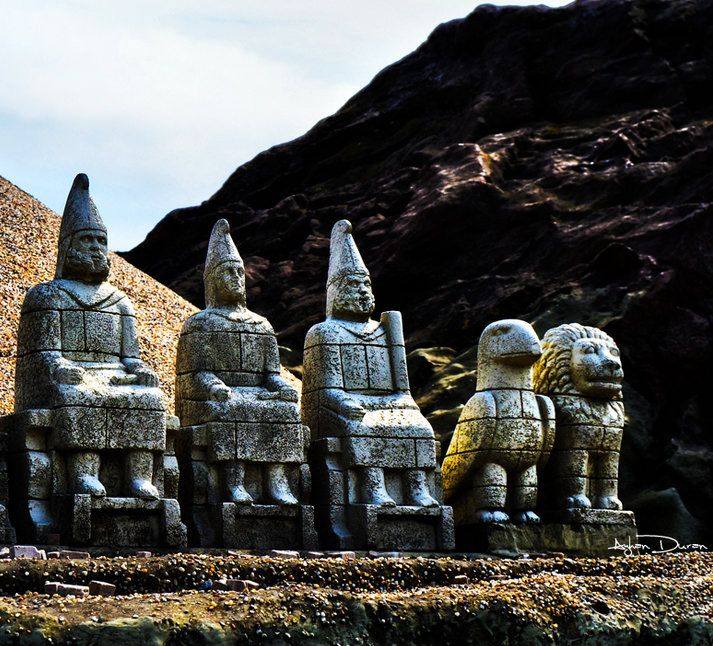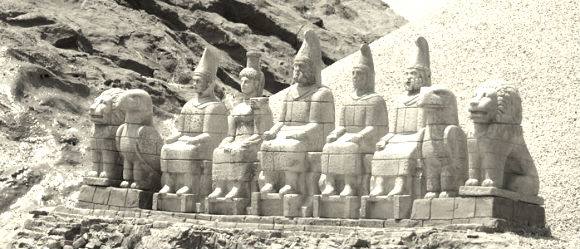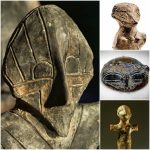Cleopatra’s Palace discovered off Alexandria’s coast.

The submerged Cleopatra’s Palace off the coast of Alexandria, Egypt, was discovered in the late 1990s by a team of underwater archaeologists led by French marine archaeologist Franck Goddio. This underwater archaeological site dates back to the Ptolemaic period in ancient Egypt, approximately 2,000 years ago, during the reign of Cleopatra VII, who ruled from 51 BC to 30 BC.

The discovery of Cleopatra’s Palace was a significant find that shed light on the grandeur and sophistication of Hellenistic art and architecture during Cleopatra’s time. The ruins include well-preserved statues, columns, coins, jewelry, pottery, and other artifacts, providing valuable insights into the history, culture, and daily life of ancient Egypt during the Ptolemaic period.

Various theories suggest that natural factors such as earthquakes, subsidence, rising sea levels, or even a tsunami could have contributed to the submergence of Cleopatra’s Palace and other parts of ancient Alexandria.

The underwater excavations at the site have yielded a treasure trove of artifacts that have helped archaeologists and historians better understand the world of ancient Egypt and the legacy of Cleopatra VII, the last active ruler of the Ptolemaic Kingdom of Egypt.









